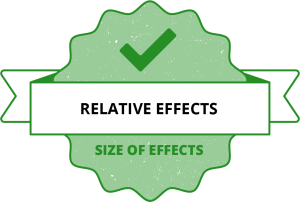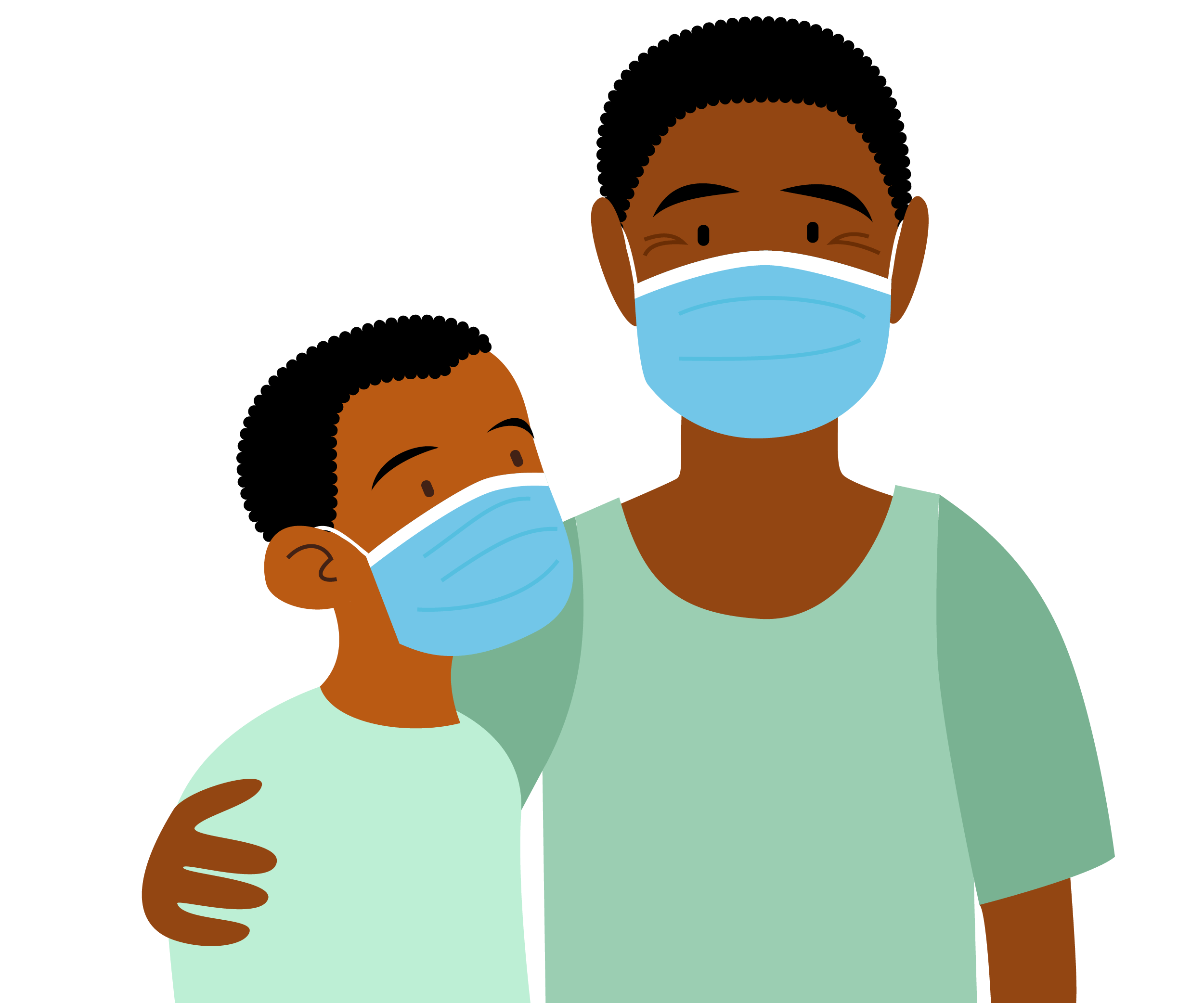 Be cautious of relative effects alone.
Be cautious of relative effects alone.
Researchers often report the effects of health actions as ratios (“relative effects”) and don’t report differences (“absolute effects”). For example, they might report the proportion of people who die in the treatment group divided by the proportion in a comparison group in a study (the “risk ratio” or “relative risk”), and not report the difference between the proportions (the “risk difference”). This can be misleading. Relative effects alone don’t provide enough information for judging the importance of an effect. They also may give the impression that an effect is more important than it actually is.
Explanation
Relative effects (like risk ratios) are ratios of the chance of an outcome in one comparison group divided by the chance of that outcome in another comparison group in a study. On their own, relative effects are not enough to be able to judge how important an effect is. This is because the importance of an effect depends on how common an outcome is to start with (the baseline risk). When an outcome is uncommon to begin with, a relative effect may give the impression that an effect is more important than it actually is.
For example, consider a treatment that cuts the chance of getting an illness in half, that is a relative risk reduction of 50% (it reduces the chance by 50% of the baseline risk). If the baseline risk of a person getting the illness is 2 in 10,000 (0.02%), then receiving the treatment would reduce the chance of getting the illness from 2 to 1 in 10,000. That is a difference (an absolute effect) of 1 in 10,000 (0.01%). In other words, out of 10,000 people that received the treatment only one would benefit, so, the treatment may not be worthwhile. If, however, the baseline risk of getting the illness is 2000 in 10,000 (20%), receiving the treatment would reduce the chance of getting the illness from 2000 to 1000 in 10 000. That is a difference of 1000 in 10,000 (10%). In this case, 1000 out of 10,000 (or 1 out of 10) people that received the treatment would benefit, and the treatment may be worthwhile. The absolute effect is more informative because it takes the baseline risk into account. However, the absolute effect of a health action is likely to vary for people with different baseline risks. Whereas the relative effect is more likely to be the same.
Example
Facemasks reduce transmission of viruses, including coronavirus, but it is uncertain how effective they are for preventing Covid-19 infections. Facemasks may have dramatically different effects depending on the baseline risk of infection. If we assume a relative risk reduction of 40% in the number of new Covid-19 infections, it is possible to estimate the absolute effect for different baseline risks. If the baseline risk is zero, it does not make a difference whether facemasks are used. The number of new infections is zero either way. If there is a low baseline risk, for example when the level of Covid-19 cases in the general population is low, the difference is small. On the other hand, if the baseline risk is high, say for healthcare workers exposed to patients with Covid-19, the difference is much larger, and therefore more important. The relative effect is the same in all these scenarios, but the absolute effect is different.

Remember: Don’t be tricked by relative effects. Always consider the absolute effects of health actions.
- Video: Relative vs Absolute risks: Why Relative Risks Are Misleading, and How To Communicate Absolute Risks. This is a Winton Centre video lasting 4:09 minutes.
- Video: Risk. This is a Sketchy EBM video lasting 6:05 minutes.
- Blog: Relative measures of effects can be misleading. Students 4 Best Evidence.
- Blog: Explaining absolute and relative effect sizes – in a way you’ll never forget. Centre for Evidence-Based Medicine.
- Book chapter: Judging the Benefit of a Health Intervention. Know Your Chances.
